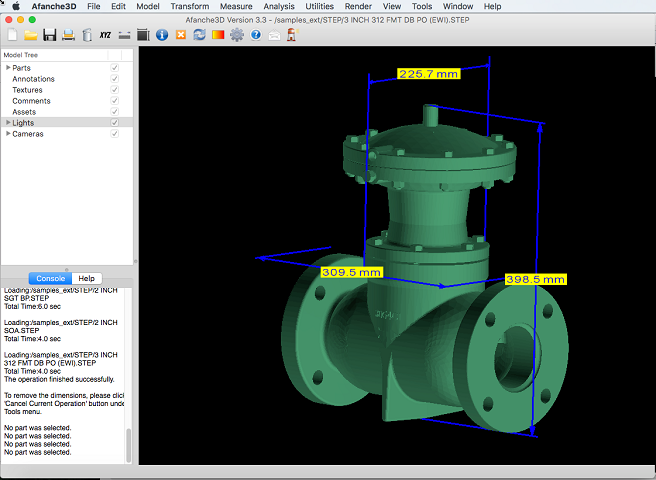


Use the default selections for User and Computers.(Optional) Select or confirm a keyword to help narrow down the log.This can be from one or more apps and services. Select the event level of interest, including: Use the "Logged" drop-down menu and select a time range when the event might have occured, including: Quick note: You can also access the filter and other common options in the Action pane available in the right side of the console. Right-click a category and choose the Filter Current Log option. Search for Event Viewer and select the top result to open the console.To use the filters to find a specific type of log, use these steps: If you're looking for a specific event, the console provides at least two ways to find events using the filters or keyword search. However, the "Event ID" is also an important piece of information, as you can use it to search online to find out more information, and possible instructions to fix the problem. Usually, the description should give you enough information to understand and resolve the issue. In the event properties window, the "General" tab includes an easy-to-understand description of the error, warning, or information. Or you can select "Event Viewer" from the top-left to get an overview and summary events, recently view notes, and log summary. While in the console, you can select one of the main groups to view additional information, such as the number of events and size on disk for each view.
#HOW TO USE A THREE D VIEWER WINDOWS 10#
The time service couldn't synchronize correctly, Windows 10 couldn't access a file on a network shared folder because there was a connection problem - or an app suddenly crashed, but then you opened it again, and it continued to work without issues. For example, sometimes, you may see an error if a service couldn't load at startup, but it restarted at a later time normally. If the device is working normally, you will still see errors and warnings, but they'd likely not be anything concerning. Usually, all apps should log events in this database, but it's not always true for many third-party applications. However, they might signal that something is not working as expected, and the "Information" logs are simply events that record normal operation of apps and services. The "Warning" logs are not necessarily significant. The "Error" logs, as the name implies, indicate problems that require immediate attention. The Event Viewer can track three kinds of event levels, including Error, Warning, and Information. In the "Security" category that's where the logs events related to login attempts and security features are grouped, and the "System" category records the logs related to apps installed on Windows 10. Inside "Application," you'll find events about the interface and other essential components to run an app.


 0 kommentar(er)
0 kommentar(er)
